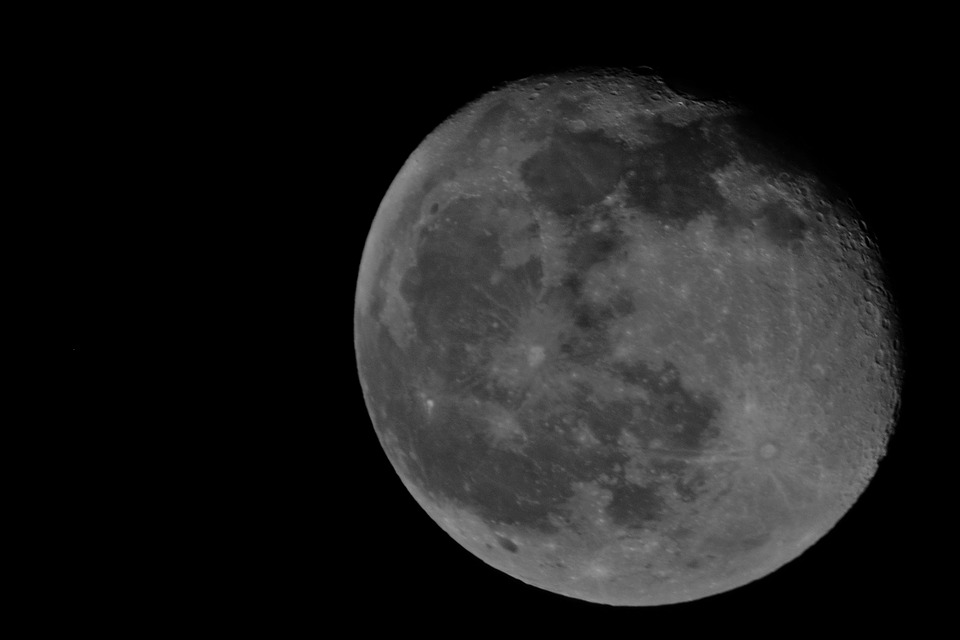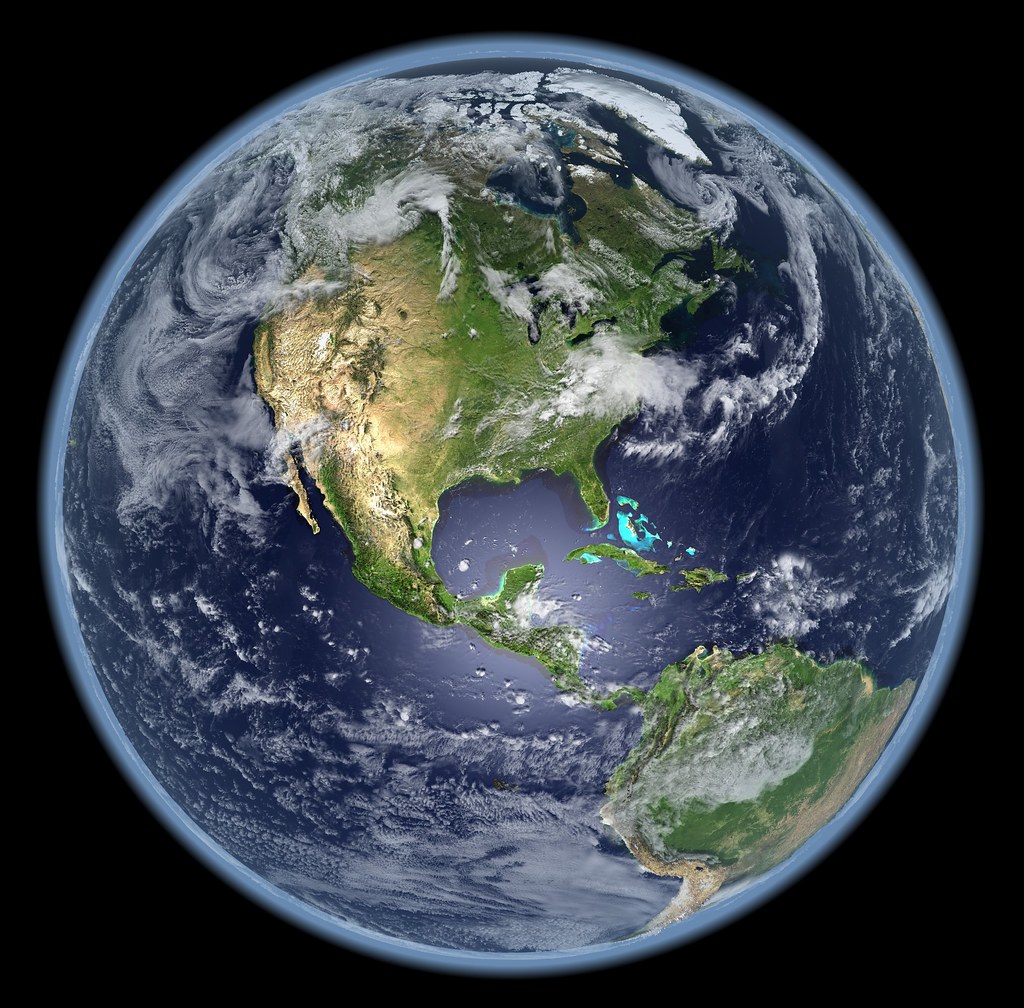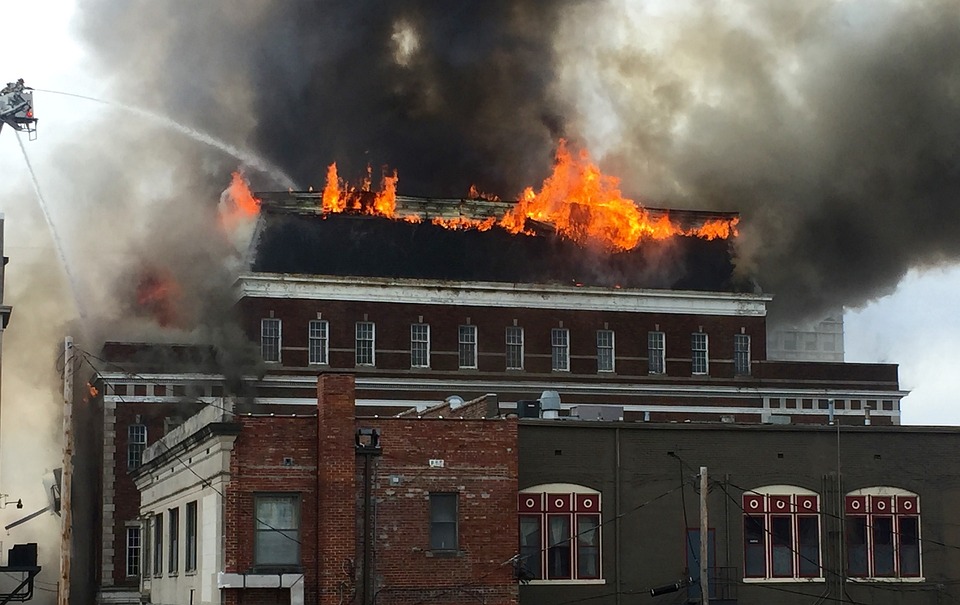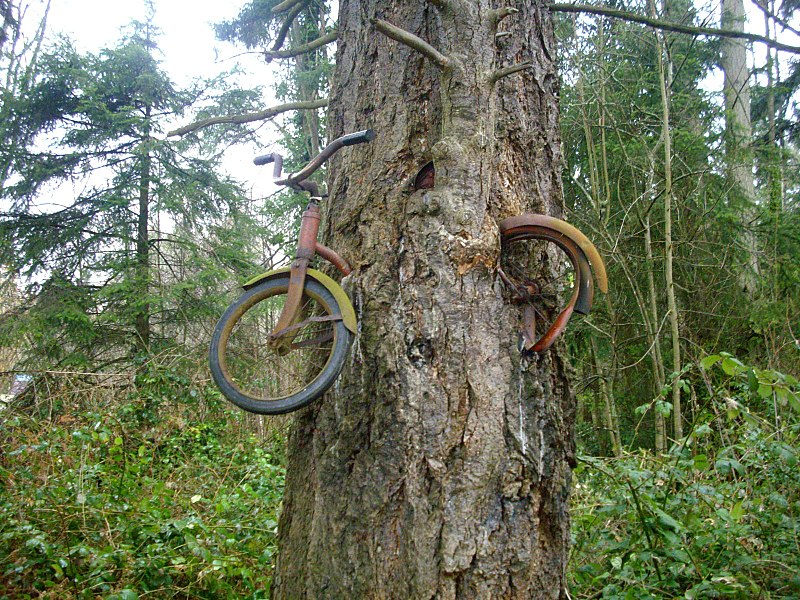Hi, my name is James and welcome to Code/Switch, today I want to talk about atmosphere, the kind you breathe, not the “read the room” kind. In a lot of the published material in Starfinder, adventures will take place on planetoids that have atmosphere of some kind, with some notable exceptions. Since it’s more fun to interact with creatures, most of the places have a breathable atmosphere, or failing that have an atmosphere that’s just hazardous to the PC’s. These rules are codified in the “Atmospheres” section of the Core Rulebook with rules for the following kinds of atmospheres: corrosive, absent, normal, thick, thin, and toxic. During running and playing published material, it sometimes is hard to remember environmental conditions when spacesuits exist, so I figured I’d give some Sol system-based examples of these types of atmospheres to better explain and remember the effects these atmospheres can have on the adventure.
No Atmosphere: The Moon
While not entirely true, the moons atmosphere is so sparse that if you collected all the particles that composed it, you’d have a roughly 10 ton bag of gasses like radon, radon, and helium. Those gasses come from things like radioactive decay or objects hitting the moons surface.
Thin Atmosphere: Mars
The atmosphere on Mars is 100 times less dense than that of the Earths. While less dense, it does still exist, in fact XKCD ran a comic about flying in the Martian atmosphere, while possible it’s not a good idea. Interestingly, while doing research for this article I learned besides density, the relative amount of hydrogen in the atmosphere also determines how thick or thin an atmosphere is considered. If you’re curious, it’s because free hydrogen will bind to other molecules, generally making heavier compounds like carbon dioxide, which is 40% heavier than the nitrogen (N2) that composes most of Earths atmosphere.
Normal Atmosphere: Earth
Unremarkable, but relatable.
Thick Atmosphere: Venus
Venus is a prime example of a rockey planet with athick atmosphere. Gas giants like Jupiter and Saturn have dense atmospheres, but you’re not going to adventure on planetoids like that without using some sort of habitable platform in the outer range of the atmosphere. Venus is a place you can stand and then get flattened as the weight of the atmosphere squashes you like a bug. Venus’ atmosphere is mostly composed of carbon dioxide, that compound that’s 40% heavier than the nitrogen the Earth’s atmosphere is mostly composed of.
Toxic Atmosphere: Beijing or An Active Fire at a Chemical Factory
The definition of a toxic atmosphere is left pretty open in the Core Rulebook, it just indicates the atmosphere there is dangerous to breathe. This danger can be gradual, only showing negative consequences over extended time frames or this danger can be immediate and lethal. This atmosphere is almost like an additional condition that can be placed over thin, normal, and thick atmospheres, hooray!
Corrosive Atmosphere: Salty Harbor Mist or 1980’s Style Acid Rain
Similar to a toxic atmosphere, this type of atmosphere can be attached to a thin, normal, or thick atmosphere. This corrosion can be similar to how ocean water spray rusts ships gradually, or it can be as severe as acid rain which can melt away inorganic and organic items alike.
Hopefully, these real world examples help you better explain, portray, and remember the atmospheric conditions of the locations you choose to Starfind in. If you have any cool atmosphere stories, feel free to contact me, along with the rest of the KD crew at our Discord!












